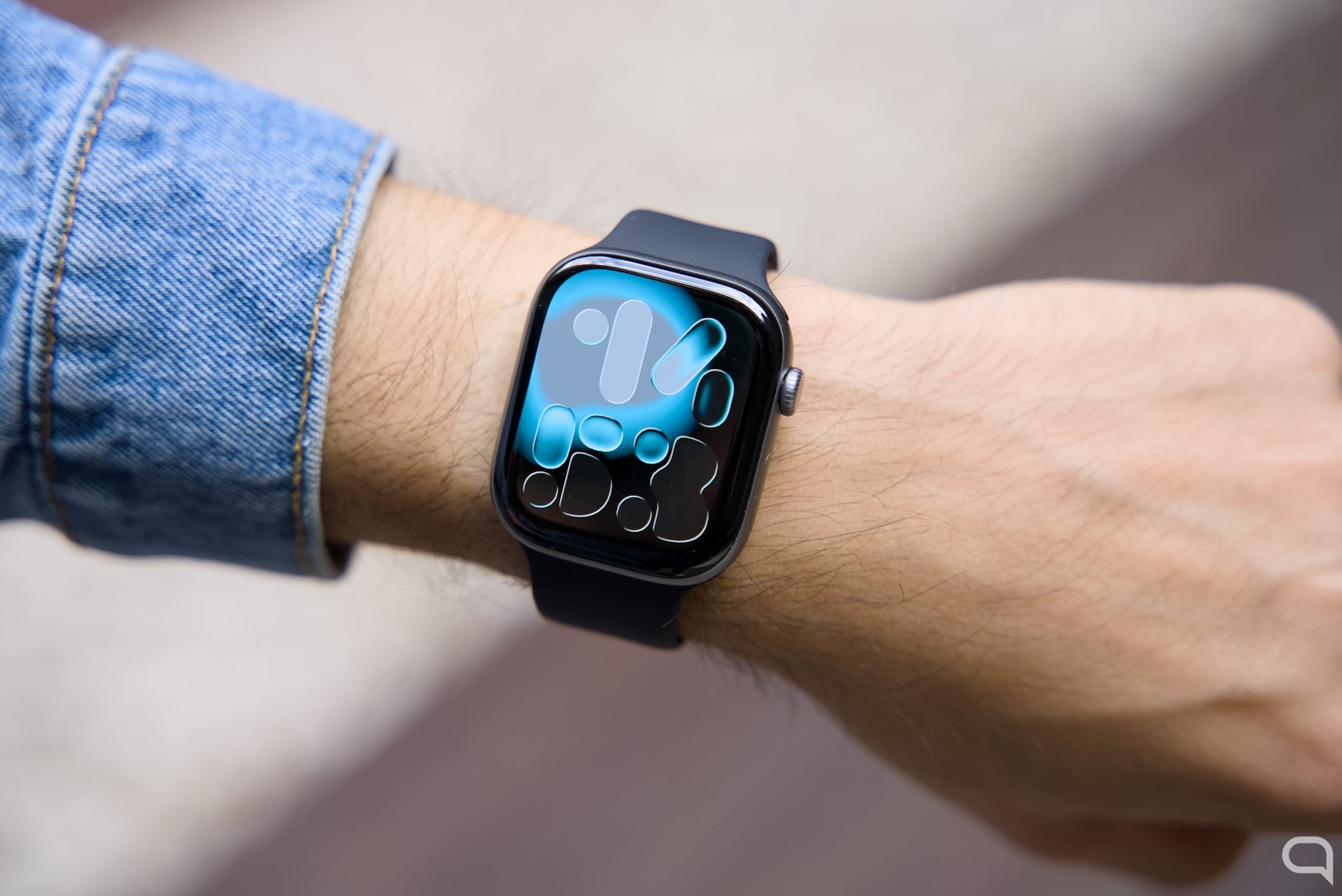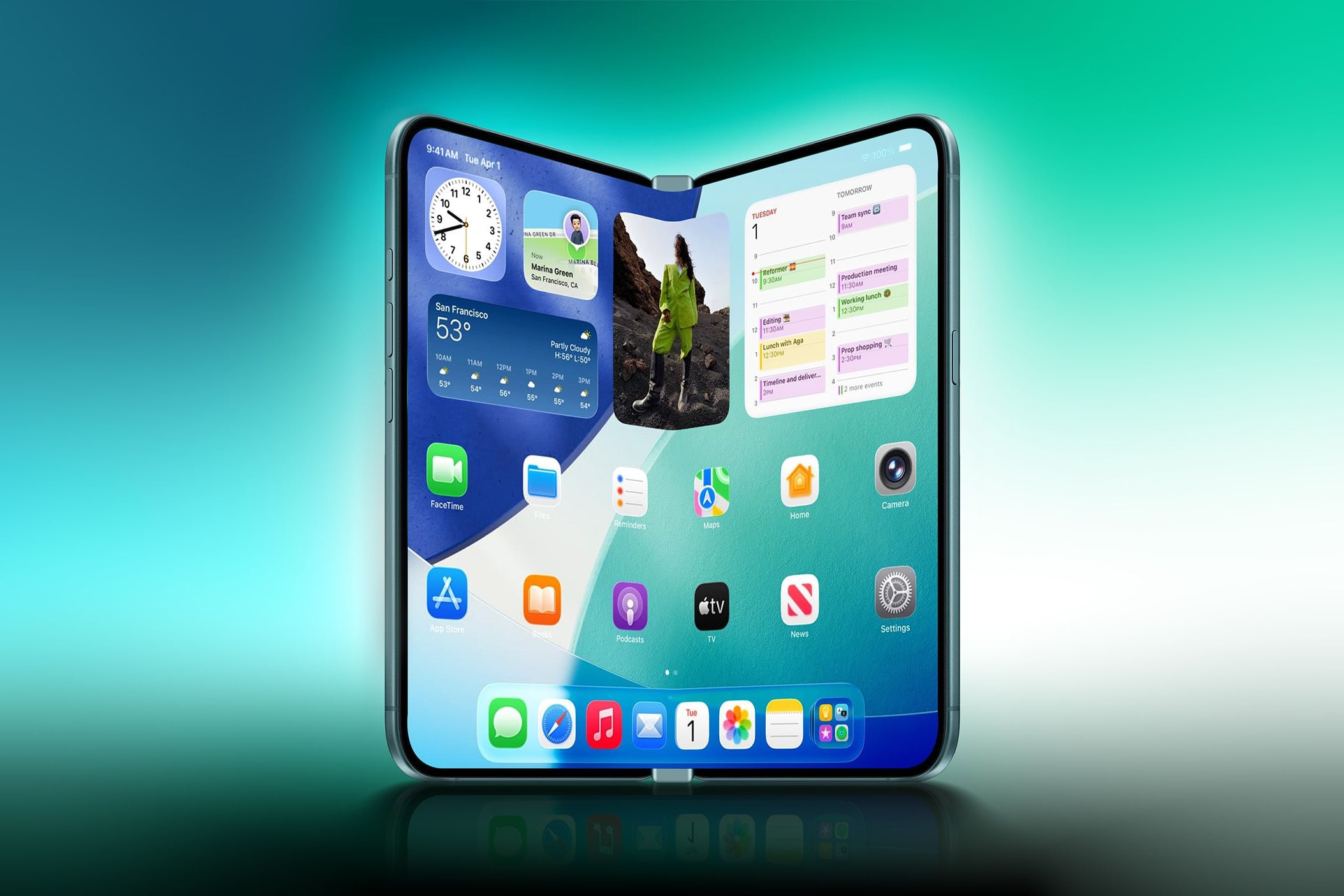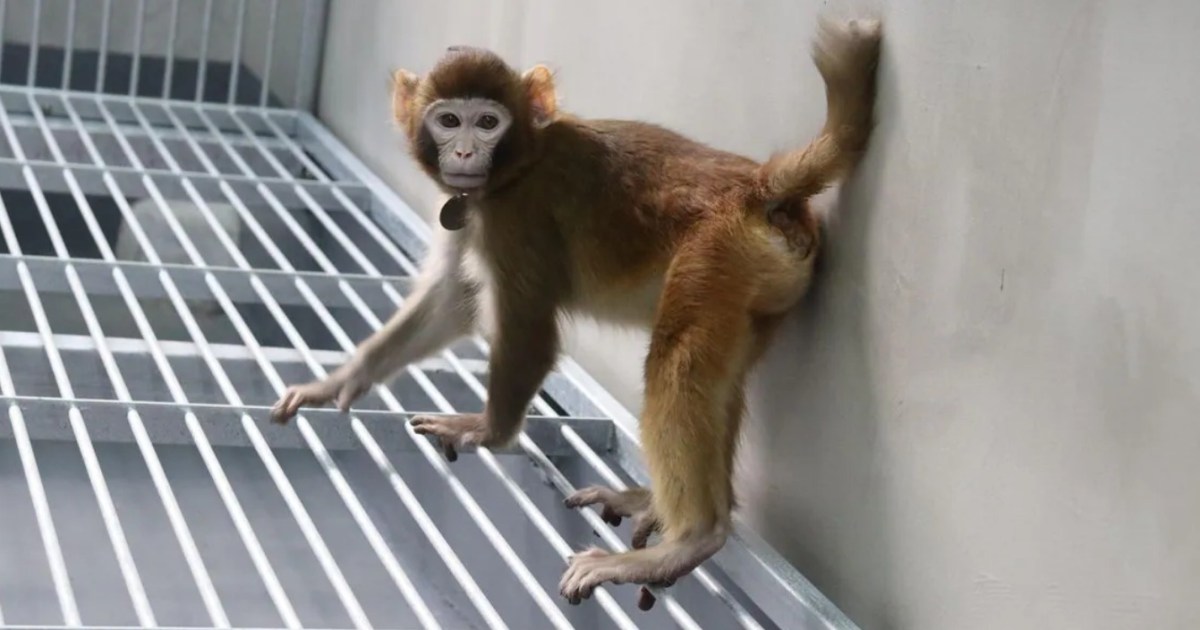A new step forward cloning human beings (at least in theory), this is exactly what has been achieved in China, as a group of scientists achieved the birth of Retro, a cloned monkey that achieved a record of two years of living in good health.
The head of the investigation, Qiang Sun, however, was quick to clarify in statements to EL PAÍS from Spain that human cloning would be “totally unacceptable” and insisted that this was not part of his plans. “We won’t even think about it,” he says.
Almost identical monkeys
In a new study published Tuesday, January 16, in the journal Natural communicationsThe researchers improved the method by adding placental progenitor cells. In this case, they created 113 embryos, transferred 11 to seven females, and achieved two pregnancies and one birth: a male rhesus monkey, now three and a half years old. “This new strategy has significantly increased the efficiency of monkey cloning, both in terms of the number of embryos transferred and the number of pregnant females used,” defends Sun.
Chinese researcher clarifies that they called Vintage animal – an abbreviation for the replacement of the trophectoderm, the layer of cells that gives rise to the placenta. “Vintage It grows and gets stronger every day. “He lives in our animal facility, which has plenty of space and sunlight,” says the Chinese scientist, director of the Center for the Study of Non-Human Primates at the Center of Excellence in Brain Science and Intelligent Technology in Shanghai.
Cloning by nuclear transfer of somatic cells is the most ambitious step in this line of research. Unlike embryonic stem cells, which are produced by the blastocyst immediately after fertilization, somatic cells are also found in adults and are widely distributed throughout the body, for example: for example on the skin. They contain the genetic “instructions” for creating a personality, but are unable to do it themselves.
The success of a Retro pregnancy, the authors explain, lies in producing a viable embryo from the parent’s somatic cell and then providing it with a viable placenta.
“Success has been achieved by combining treatment of cloned embryos with trichostatin A (a histone deacetylase inhibitor) and Kdm4d (a histone demethylase), which were already used in previous cloning of cynomolgus monkeys and are aimed at changing the epigenetic state of the cloned embryos. , with a complex replacement method trophoblastcells that surround the inner cell mass of the blastocyst and that will later give rise to the placenta,” explains Luis Montoliu, researcher at the National Center for Biotechnology (CNB-CSIC) and CIBERER-ISCIII, in a statement to Scientific Media Center.
Since this method produced a single individual, the authors note the “promising” results and suggest that development of this strategy could lead to more efficient and safer methods of cloning primates. However, as Montoliu recalls, it is “a cloned animal with less than 1% of the original 113 embryos surviving.”
Source: Digital Trends
I am Garth Carter and I work at Gadget Onus. I have specialized in writing for the Hot News section, focusing on topics that are trending and highly relevant to readers. My passion is to present news stories accurately, in an engaging manner that captures the attention of my audience.










